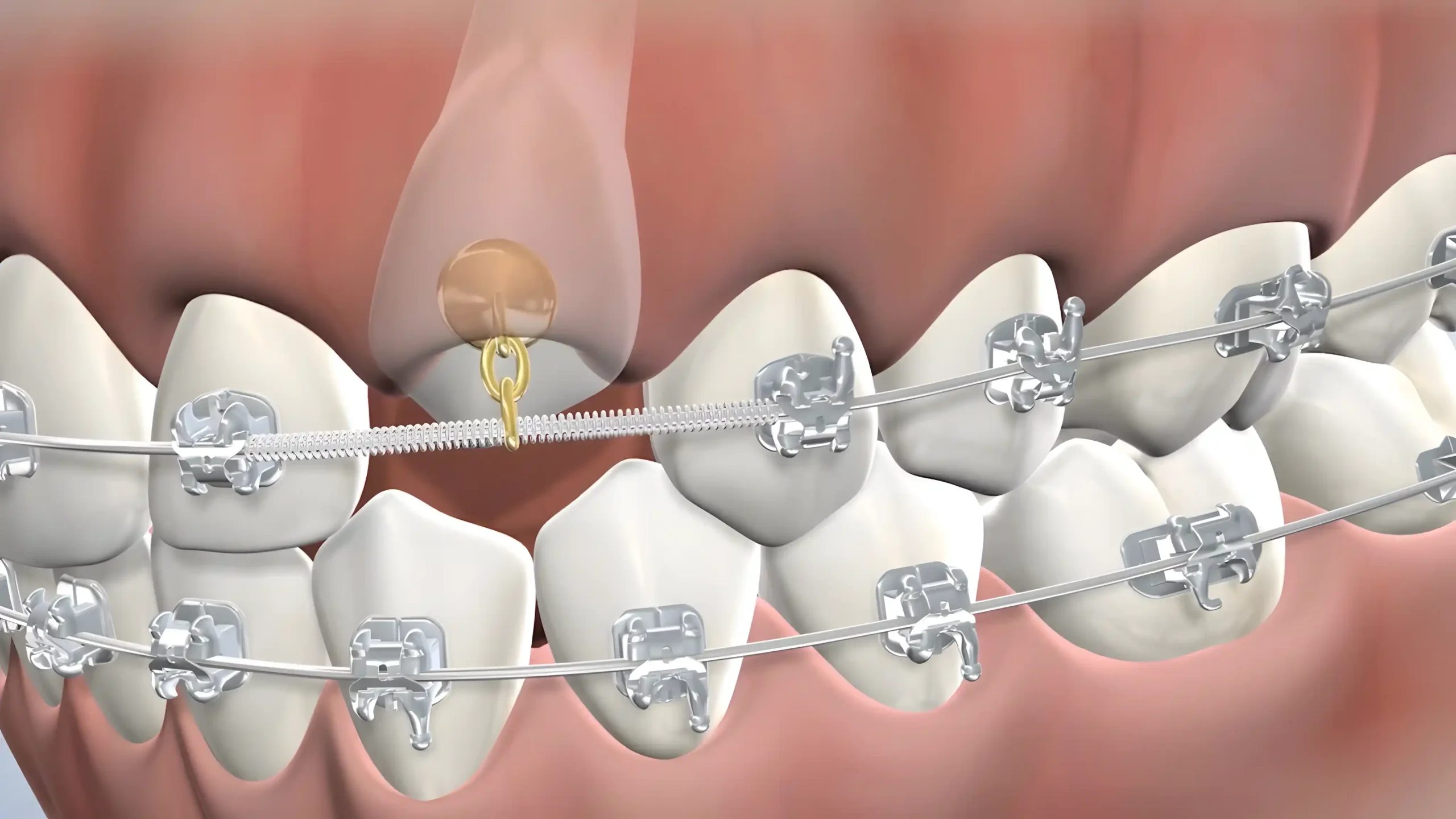April 2021
If the growth path of a tooth is blocked or too narrow, the tooth can become impacted, or trapped behind the gums. The teeth that are most likely to become impacted are wisdom teeth and canine teeth, both of which have very deep roots beneath the gum tissue. Impacted wisdom teeth can simply be extracted. Canine teeth, on the other hand, are crucial for tearing food and guiding the alignment of the rest of your teeth. At our office in Amarillo, TX, treatment for impacted canines involves clearing the growth path and guiding the teeth into alignment, which is usually a joint effort between an oral surgeon and an orthodontist.
4 Benefits of Treating Impacted Canines Early
If impacted teeth go untreated for too long, serious oral health problems can occur, including:
- Impacted teeth trapped beneath the gums create pockets in the gums where bad bacteria can grow. These infections can become so serious that additional dental work or even extraction of the infected teeth may be needed.
- If impacted teeth are left untreated for too long, they will eventually fuse with the bone beneath the gums, becoming permanently trapped in the gums. Once this occurs, extraction is the only option for treatment. Our practice offers dental implants to permanently replace teeth in such cases.
- The issues caused by impacted teeth can cause serious oral pain and discomfort, as well as difficulty eating and speaking normally.
- The canine teeth help to guide the alignment of all the other teeth in the mouth, so if the canines do not grow in normally, it can cause bite and alignment problems.
Exposure and Bonding Treatment
We will discuss your anesthesia options during the consultation as well as take 3D scans of your teeth. Exposure and bonding treatment involves both an oral surgeon and an orthodontist. First, an orthodontist will use braces to make space for the canines to grow in. Next, an oral surgeon will expose the canines by lifting the gums and removing any obstructions in the growth track. The oral surgeon will then attach a small bracket and chain to the newly exposed tooth. After the procedure is over and the surgical sites have healed, the orthodontist will use these chains to gently pull the canine tooth into its natural position.
Hear From Impacted Canines Patients
These patients can tell you about the firsthand experience undergoing impacted canines at our office.





